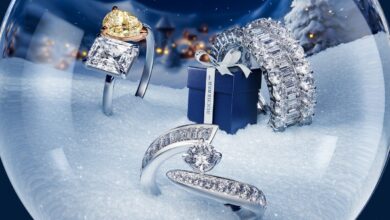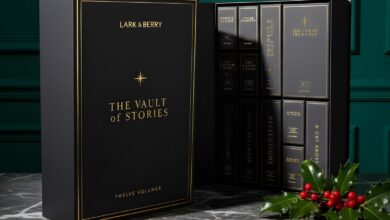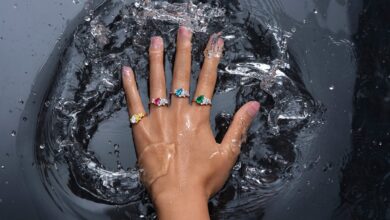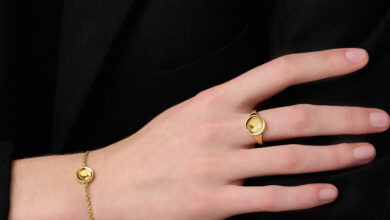What do changing gender norms mean for the jewellery industry?
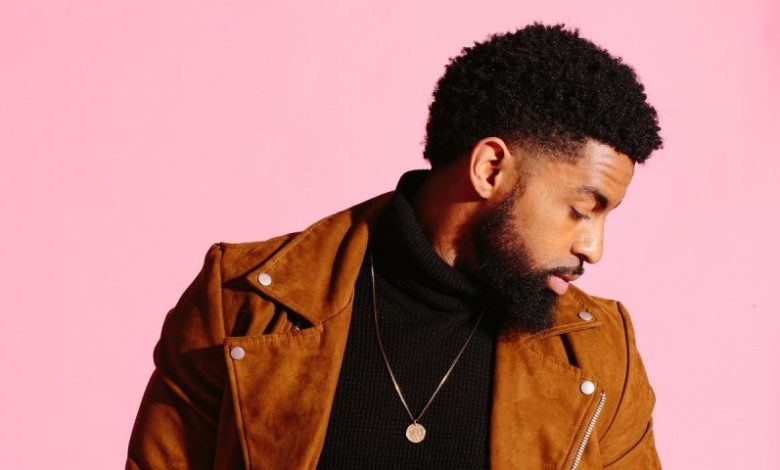
Register to get 1 free article
Reveal the article below by registering for our email newsletter.
Want unlimited access? View Plans
Already have an account? Sign in
After a January that lasted about a decade, it feels like we’ve raced through the year and collided into spring with its promise of longer days, lighter moods and renewed energy. With spring comes the Met Gala, held on the first Monday of May, which punctuates the time of year and showcases the season’s most coveted jewellery trends.
The 5 May heralds the opening of the Costume Institute’s latest blockbuster exhibition at the Metropolitan Museum of Art in New York. Last year’s ‘Heavenly Bodies’ exhibit welcomed a record number of visitors, along with a thrilling performance by Madonna at the fundraising Gala. We’re excited to see how the invited celebrities and fashion icons interpret this year’s theme, ‘Camp: Notes on Fashion’. The theme is inspired by Susan Sontag’s essay on Camp as a sensibility, where she argues that ‘campness’ is a taste that re-imagines gender.
Accessories make an outfit, and none more ornately than fine jewellery. We’re interested to see how this is displayed at the Gala; particularly in light of the refreshing, gender fluid theme. For the past two years, Jaden Smith has proved an interesting guest to watch for the accessory choices he makes. After carrying his own freshly chopped dreadlocks on the red carpet two years ago, and last year sporting two chokers as well as a Vita Fede bracelet, we’re intrigued to see where he goes with his accessories this year.
Men’s fine jewellery sales reached $5.3bn globally in 2017, an increase of 20% in five years, with millennials driving half the growth. What’s more, the Accelerating Acceptance report last year, issued by the Gay and Lesbian Alliance Against Defamation, reveals that 20% of 18-34 year olds in the US identify themselves as outside of heteronormative interpretations of sexuality and gender. Brands are listening and have adapted their jewellery offering in line with a changing demographic.
It’s funny to think how gendered jewellery has become, when cavemen and women both wore identical seashell beads, and jewellery has throughout history been more significantly a symbol of power, status or religion than gender. That delicately ornate items are perceived as ‘feminine’ is becoming an increasingly less common view. Men can appreciate jewellery, whether purchasing it for themselves or for significant others; and the level of consideration, care and creativity that goes into designing bespoke pieces for engagements and other occasions transcends heteronormative standards. The value, significance, and lasting meaning that a piece of jewellery can have is universal.
Brands are questioning why they shelter their reach to just one gender or type of couple. Where unisex clothing is more challenging in terms of fit and size range, it is far easier to mix and match jewellery across gender. Where once men were confined to accessorising with months-old festival wristbands, rubber Livestrong bracelets or signet rings, the world of jewellery has opened up to accommodate the styles and tastes of any and all individuals looking to make a significant jewellery purchase for themselves, partners or friends.
When he moved to Dior last year, Kim Jones appointed Yoon Ahn, co-founder of unisex jewellery brand, Ambush, as head of jewellery at Dior Homme. Her latest collection features delicate, colourful tennis bracelets, and items in Jelena Behrend’s eponymous unisex jewellery collection have successfully sold to both men and women despite being listed on luxury retailer websites under women. The Serbian designer has noticed that women are opting for more matt texture in their jewellery, while men are choosing highly polished items with more sparkle. Collections from contemporary jewellery designer Alan Crocetti are constantly sold out, and worn by celebrities from Ezra Miller to Miley Cyrus. His unisex designs are universally lauded and desired.
Bespoke services are also ever more frequently being seen alongside brands’ collections, allowing buyers to flex their creative muscles and invest in a piece that is unique to them, in line with changing demands. Gone are the days when purchases are dictated by limited, heteronormative and gender binary offerings in an outdated market.
Jewellery is a marker of ritual, a way of embellishing, and a way to commemorate and remember life’s biggest moments. Whether you see evolution within the industry as a product of jewellery design, or as a product of the shifting mentality of those who are wearing it, it’s impossible to ignore the evolving market jewellery sits in. Jewellery can be precious and significant, fun and frivolous. It always enhances, often protects, and should be available and accessible for all who want to buy it, whoever they’re buying it for. After all, having ears, fingers, and wrists to adorn is not limited to any particular sex, and embracing the changing demands of the market opens exciting opportunities for jewellers and artisans looking to make their mark.
This month’s piece comes from Tim Ingle: co-founder and director of Ingle & Rhode Ltd, the UK’s leading ethical fine jewellery brand.


